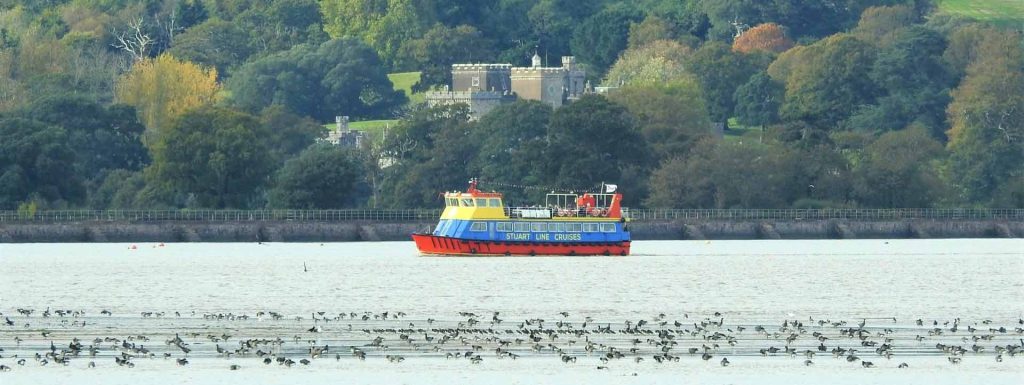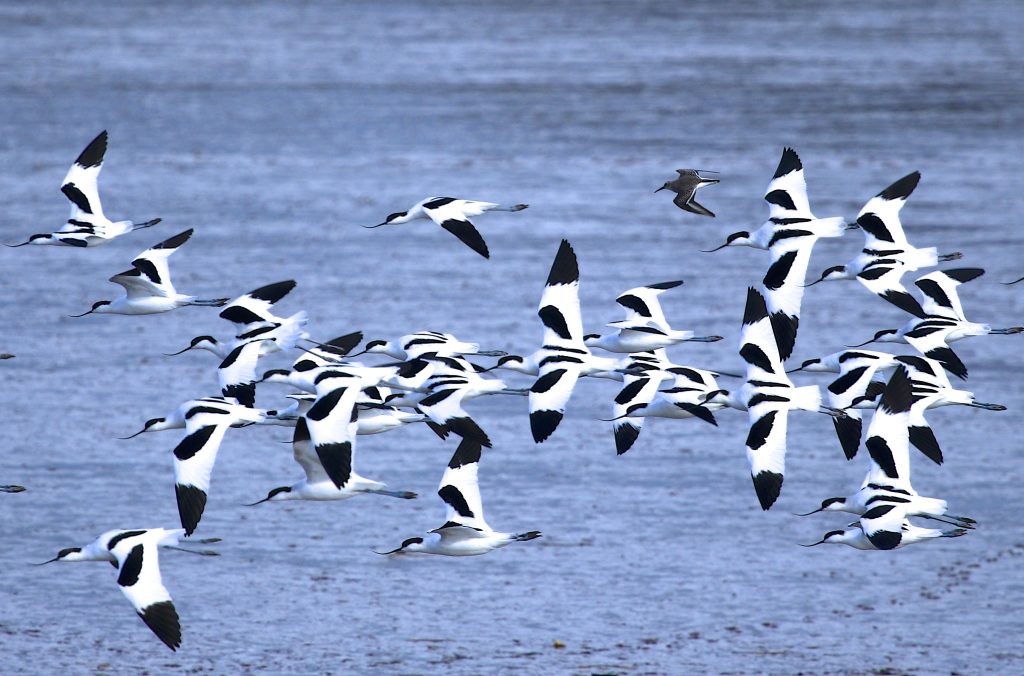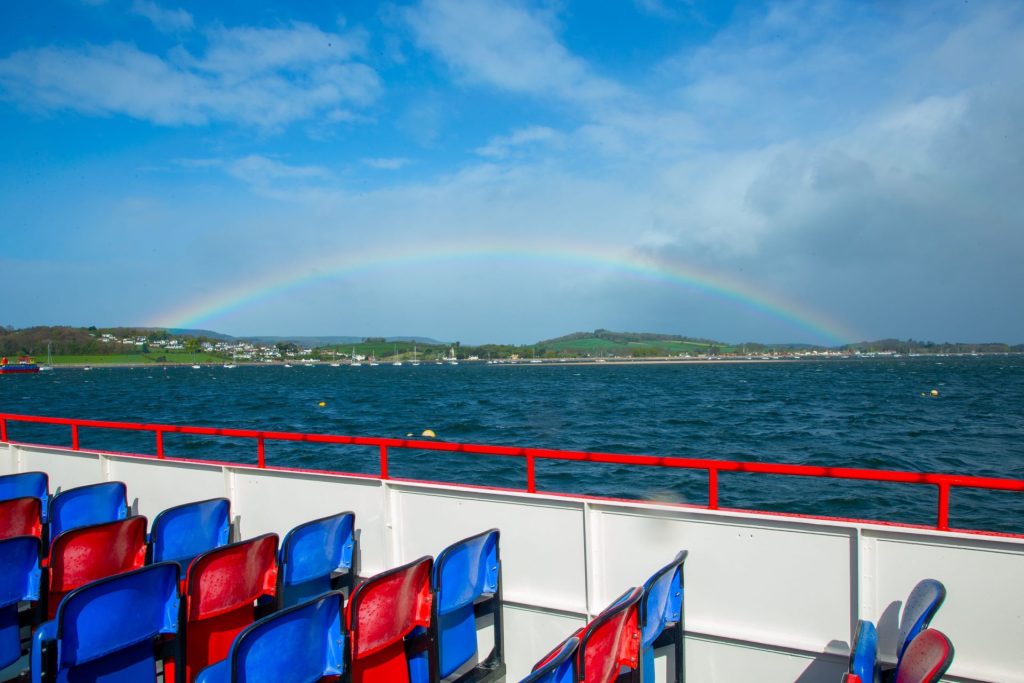The River Exe
A Journey Through Time and Nature: Unveiling the Secrets of the River Exe
The River Exe, a captivating ribbon of water winding its way through the heart of Devon, England, is more than just a scenic waterway. It’s a living testament to the region’s rich history, a haven for diverse wildlife, and a source of life for the surrounding landscapes. Embark on a journey as we delve into the fascinating history and the remarkable wildlife that call the River Exe home, giving us a perfect canvas to which we set sail through the year.
A River Steeped in History: Witnessing the Exe’s Transformation

The Exe’s story stretches back millions of years, shaped by the relentless forces of nature. Geological evidence suggests the river’s origins lie in a vast lake that existed during the Paleocene epoch, roughly 66 million years ago. Over time, tectonic movements and erosion carved the course we see today which starts at Simons Bar on Exmoor, the origin of the name.
Human interaction with the Exe began in prehistoric times. Evidence of settlements dating back to the Bronze Age has been found along the riverbanks, hinting at its importance as a source of water, food, and transportation. The Romans, who arrived in Britain in 43 AD, recognized the Exe’s strategic significance. They established the city of Isca Dumnoniorum (present-day Exeter and we must say, much easier to say these days!) at the head of navigation, transforming it into a vital trading port and military stronghold.
The medieval period saw the rise of numerous settlements along the Exe. Picturesque villages like Exmouth, Topsham, and Lympstone flourished, heavily reliant on the river for fishing, trade, and transportation. Grand estates like Powderham Castle, with its impressive Elizabethan architecture, also emerged along the banks, reflecting the wealth generated by the river’s bounty.
The Industrial Revolution brought a new wave of development to the Exe. The construction of the Exeter Canal in the late 18th century connected the river to the wider canal network, further boosting trade and industry. Exeter’s quayside became a bustling hub for shipping, with warehouses lining the banks and tall ships carrying goods from all corners of the globe.
The 20th and 21st centuries have seen a shift in focus for the Exe. While commercial activity continues, there’s a growing appreciation for the river’s natural beauty and ecological importance. Boating, kayaking, and wildlife watching have become popular activities, and conservation efforts are underway to protect the river’s delicate ecosystem.
A Haven for Wildlife: The River Exe’s Symphony of Life

The river’s crystal-clear waters provide a haven for a variety of fish species as well. Trout, perch, and eels can all be found swimming in the Exe’s depths, attracting keen anglers who appreciate the challenge and the natural beauty of the environment.
The Exe’s lush banks and reedbeds are a haven for birdlife. Herons stand patiently waiting for unsuspecting prey, while kingfishers dart through the air with their vibrant blue plumage. Egrets, ducks, and geese also call the Exe home, creating a symphony of sound and movement along the riverbanks.
Otters, those playful semi-aquatic mammals, are a cherished sight further up the Exe. Their sleek bodies and playful antics provide a glimpse into the hidden world of the river’s ecosystem. For the patient observer, sightings of otters frolicking in the shallows or basking on the banks are a truly rewarding experience. We even have a resident seal who can be seen bathing the rays as they sun themselves on the sand banks. Often a popular spot from the Stuart Line Cruises boats.
The Exe’s importance extends beyond its aquatic inhabitants. The lush green meadows and woodlands bordering the river provide habitat for a variety of mammals, including foxes, badgers, and deer. These creatures rely on the river for water and the surrounding vegetation for food and shelter. You can often see herd of deer around Powderham Castle along our sailing route.
A Delicate Balance: Ensuring the Future of the River Exe

The River Exe faces challenges in the 21st century. Pollution from agricultural runoff and urban development can threaten the water quality, impacting the delicate balance of the ecosystem. Climate change is another concern, with rising water temperatures and potential changes in precipitation patterns potentially affecting the river’s health.
Conservation efforts are crucial to ensure the Exe’s future. Organizations like the Exe Valley Trust and the Environment Agency are working tirelessly to monitor water quality, protect habitats, and educate the public about the importance of this vital waterway. Sustainable practices in agriculture and responsible development along the riverbanks are also essential for maintaining the Exe’s health. We often support efforts where we can as a company.
Exploring the River Exe: Unveiling its Beauty for Yourself
The River Exe offers a multitude of ways to experience its magic. A leisurely cruise along the water allows you to soak in the breathtaking scenery, spot wildlife, and learn about the river, a cycle around the Exe Estuary Trial or a train ride to name but 3 ways.
If you fancy seeing the magic of the River Exe from a unique perspective, why not book onto a River Exe Cruise. Running year round, rain or shine.
Book Online
If we do not have availability for your desired date, please email info@stuartlinecruises.co.uk
with your name, telephone number, desired date and email address so that we can add you to our reserve list.
Get To Know Us!
Sign up to our newsletter for monthly highlights, entertaining anecdotes and details of upcoming cruises and events!
